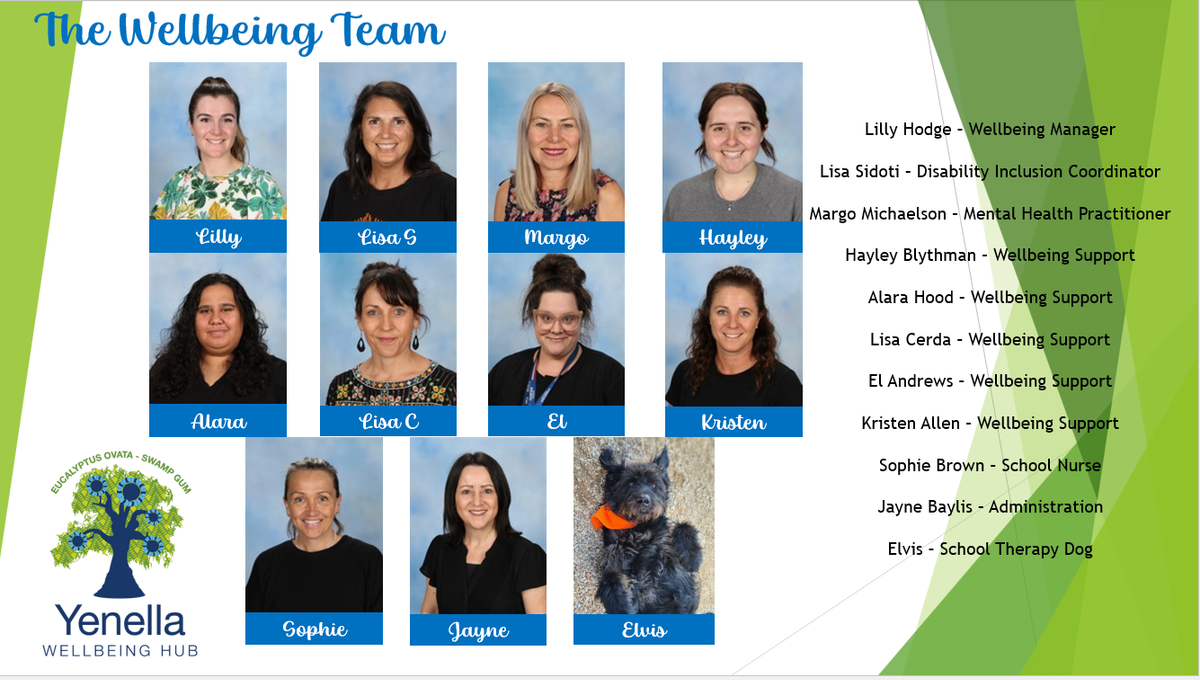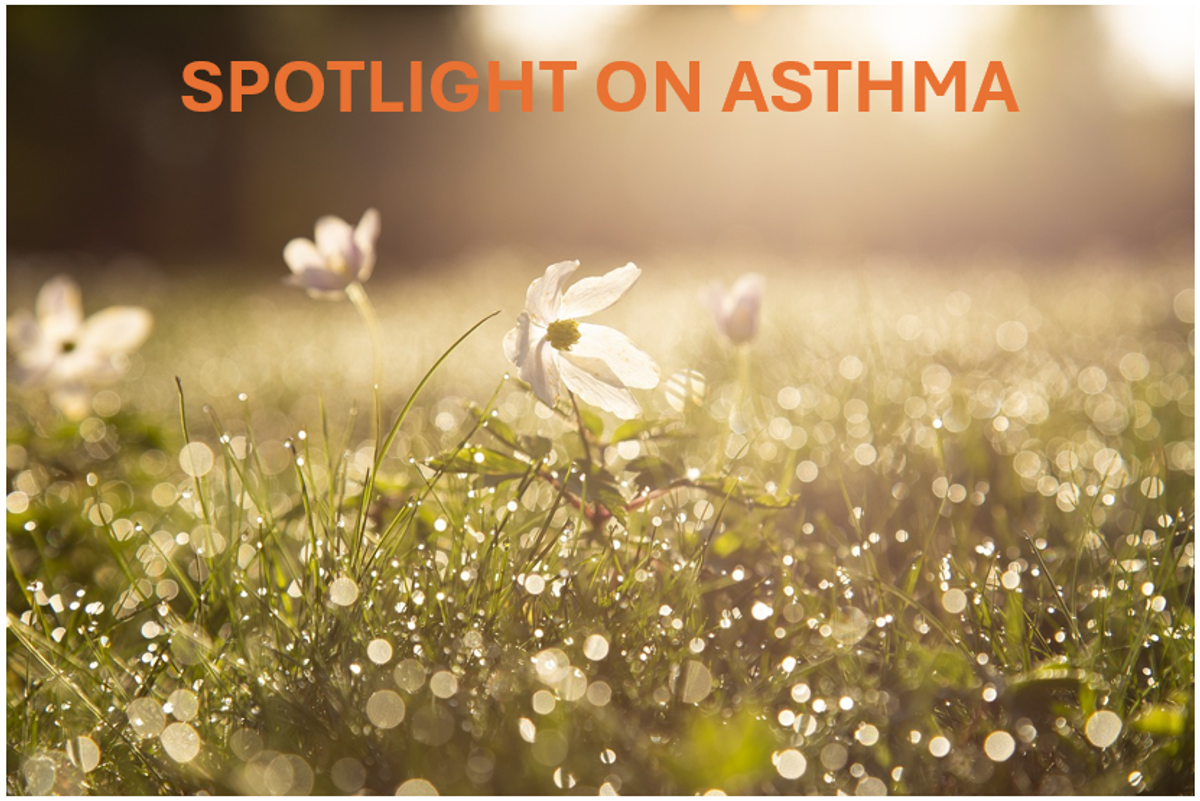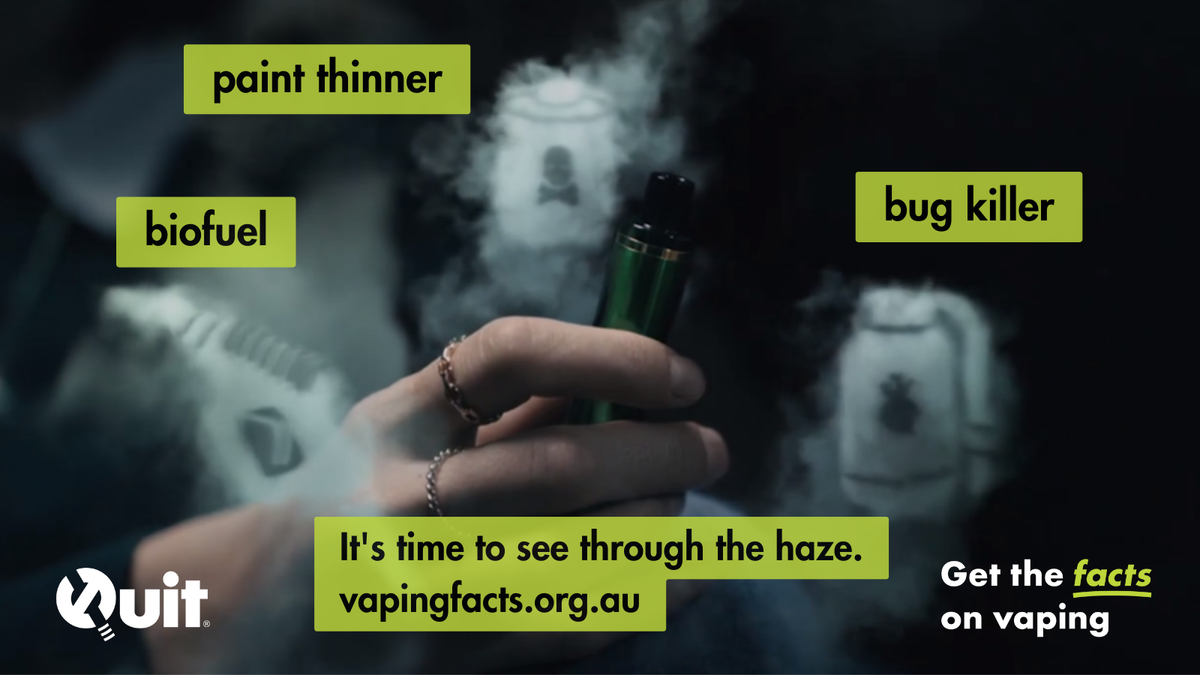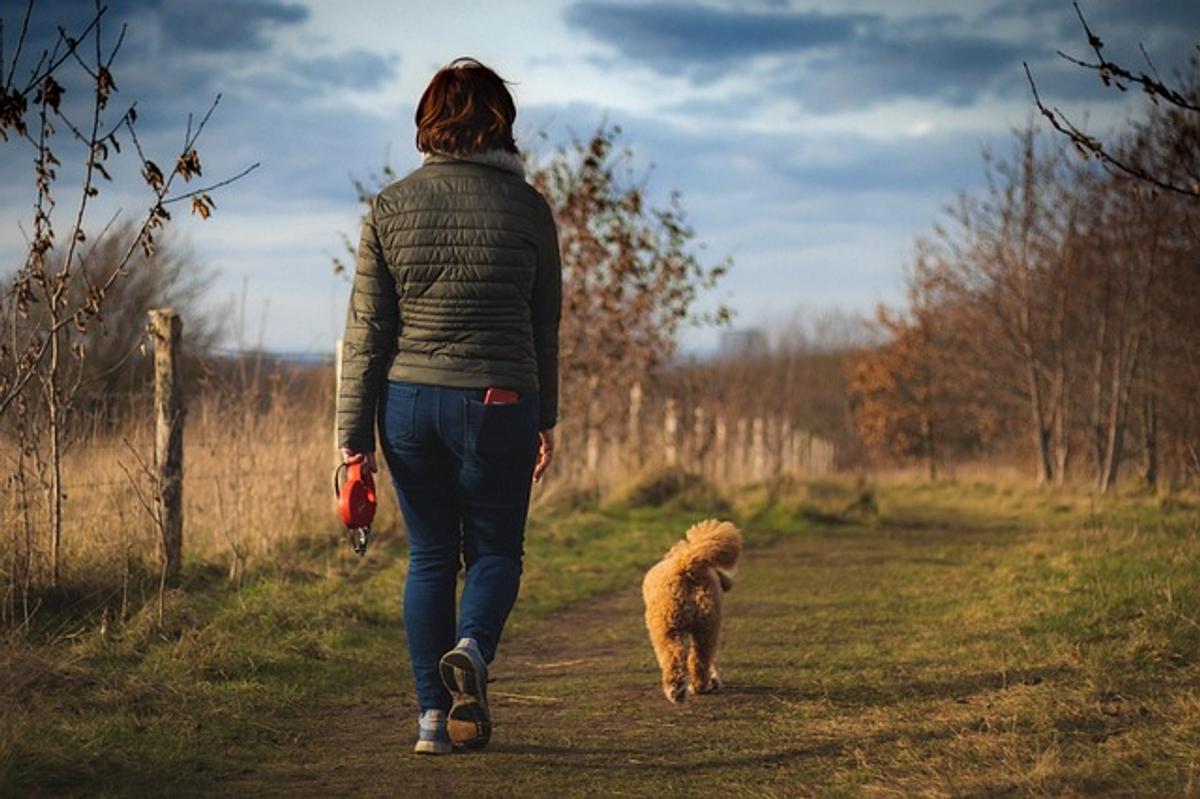Wellbeing
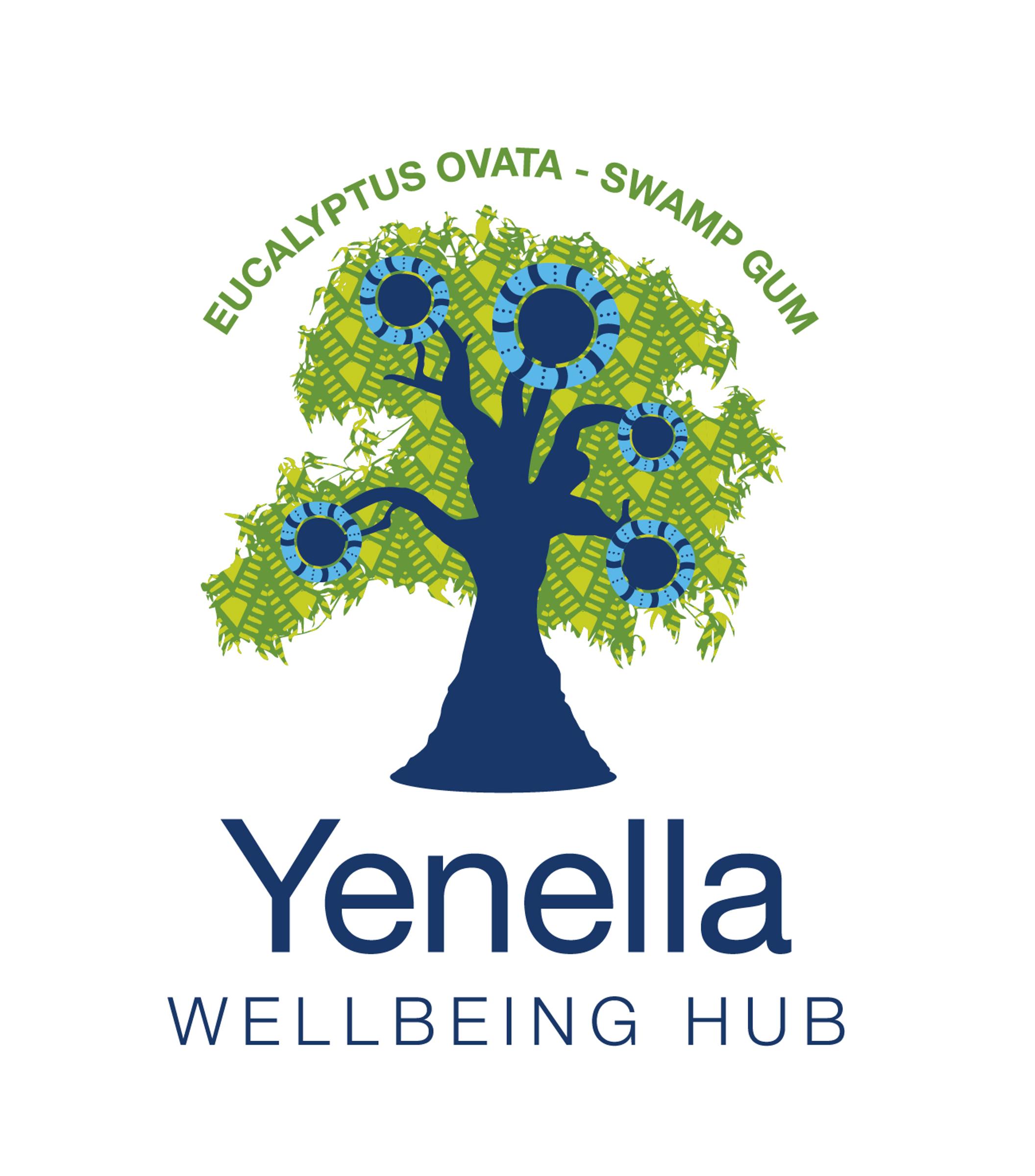
What is Asthma?
Asthma is a serious and long-term condition that affects 1 in 9 Australians and sadly, more than 400 Australians die of asthma each year. There is currently no cure, but in most cases, asthma can be well managed and people with asthma can live a full life. Having asthma means you have sensitive airways. Your airways can become inflamed or swollen when you are exposed to your triggers. There are three changes that can happen in your airways when triggered:
- Your airway walls become thicker from swelling.
- Your airways fill up with mucous.
- Your airways feel tight from the muscles on the outside of the airways squeezing.
These changes in your airways make it hard to breathe. You may feel like you are breathing through a very thin tube.
How will I know if I have asthma?
Your doctor can tell you if you have asthma. Getting a diagnosis of asthma means that your doctor will need to talk to you about your medical history. This will include your symptoms, when you get symptoms and how you treat them. Asthma affects people of all ages and is common in both kids and adults. It’s not something you can grow out of, and just because you don’t currently have any symptoms doesn’t mean that it’s gone. You can be diagnosed with asthma for the first time at any age or stage of life.
Types of Asthma
Not all asthma is the same. Through more research we are learning that asthma can mean different things to different people. This means you will need different treatments or medicine to suit your type of asthma. The type of asthma you have depends on how your asthma presents and what triggers your symptoms.
Common Symptoms
The causes of asthma are often unknown, and researchers continue to explore genetic and environmental factors. People diagnosed with asthma often have family who also may have asthma, eczema or hay fever. Research has shown that exposure to chemicals, particles and gases in the environment can increase the chance of developing asthma. This includes:
- tobacco smoke (especially as a baby or young child)
- pollution from bushfires, traffic and industry
- some workplace chemicals.
- Some studies have also found a link between asthma and obesity.
Symptoms of Asthma:
Not all people with asthma have all the symptoms. Asthma symptoms are the signs, effects or feelings that you may notice as a result of having asthma. Your asthma symptoms are caused by changes in the airways (breathing tubes) of your lungs. These changes make it harder to breathe. The most common asthma symptoms are:
Cough - A cough happens because your airways have narrowed, and more mucus has formed. A cough caused by asthma might be:
- an on-going cough or one that won’t go away
- a cough that only occurs during the night or early morning
- a cough during sport or activity
- a cough when excited or laughing.
Wheezing - A whistling or squeaky sound when you breathe is made by the narrowing of your airways.
Shortness of Breath - Feeling breathless, or out of breath, because your airways are too narrow to allow the air you need in or out.
Chest tightness - This might feel like something is squeezing or sitting on your chest. This is the feeling of the muscles around your airways tightening.
Symptoms range from mild to more serious. Asthma symptoms are often worse at night or early morning, making it hard to sleep. You might have other symptoms that include:
- feeling tired
- increased heart rate
- becoming sweaty.
These symptoms may happen because of the extra work needed for breathing. Using all your chest muscles to help with your breathing means you need more energy, which makes your heart beat faster. We also know that:
- symptoms can be different from person to person
- symptoms can change for one person from one time to another
- symptoms can be every now and then, or all the time.
Silent Symptoms
Some people with asthma may have silent symptoms. They may not notice any asthma symptoms until they become really unwell. Being breathless can be a silent symptom. It’s not as obvious to you or others as coughing a lot or wheezing. It can also be ignored or passed off as being unfit or tired. For people with silent symptoms, sometimes their doctor will ask them to use a peak flow meter to help them measure whether their airways are narrowing. If you or someone you care for has silent asthma symptoms, you should let people around you (doctors, school/daycare staff, work colleagues, family and friends) know so they can help and support you when you need it.
What should I do if I have asthma symptoms?
If you suspect you or your child might have asthma after reading about the symptoms, you should see your doctor for a diagnosis. Don’t ignore the symptoms – if you or your child do have asthma, the sooner you get it under control, the faster you can get back to living a full and active life. Sometimes, you or your child might have asthma symptoms so often that you get used to these symptoms. It becomes the ‘new normal’ way of being or breathing. Ignoring or putting up with symptoms can be dangerous because your asthma can become worse more quickly. Without treatment of your symptoms, there may also be long-term damage to your lungs.
THUNDERSTORM ASTHMA
Thunderstorm asthma can be very serious for people with asthma. The peak time for thunderstorm asthma is mainly spring but can extend to December during the grass pollen season. Your local media may announce ‘Thunderstorm Asthma Alerts’ on days when there is a high risk. Thunderstorm asthma events are thought to be triggered by an unusual mix of high levels of grass pollen and a certain type of thunderstorm. During these storms tiny pollen grains from grasses can be swept up in the wind and carried long distances. When exposed to this air, the tiny particles of pollen are breathed deep into your lungs, triggering an asthma flare-up or attack.
Bairnsdale Secondary College will implement a range of measures to keep our school community safe as the risk of thunderstorm asthma increases. Many of our staff are trained in asthma first aid, and we will monitor the VicEmergency app to receive thunderstorm warnings, and, where appropriate, keep students indoors when weather forecasts identify greater risk. During the season, there are some things you can do to prepare and protect yourself and your family:
· If your child has ever had asthma, talk to your doctor about what you can do to help protect them from the risk of thunderstorm asthma this pollen season, including updating their Asthma Action Plan and providing this to the College. Taking an asthma preventer properly and regularly is also key to preventing asthma, including thunderstorm asthma.
· If your child has hay fever, see your pharmacist or doctor for a hay fever treatment plan and check if you should have an asthma reliever puffer. These are available from a pharmacy without a prescription.
· If your child has hay fever and experiences wheezing and coughing, it is important to make sure they don’t also have asthma. Speak to your doctor about an asthma action plan.
· Where possible, avoid being outside during thunderstorms from October to December, especially during the wind gusts that come before the storm. Go inside and close your doors and windows. If you have your air conditioning on, turn it to ‘recirculate’.
For more information, visit Thunderstorm asthma - Asthma Australia
See through the haze: Quit's new campaign to reduce youth vaping
Many e-cigarettes contain poisonous chemicals such as those found in biofuel, paint thinner and bug killer. In fact, more than 200 chemicals have been detected in e-liquids. Many ingredients found in e-cigarettes are known cases of lung damage, and cancer or heart disease. Australia has seen significant progress in tobacco control, with the data from the National Drug Strategy Household Survey (2019) showing 11% of Australians aged 14+ smoke daily, down from 24% in 1990. However, the introduction and rise of e-cigarette use (vaping) risks undermining this progress, with evidence showing increasing rates of e-cigarette use in Australia, particularly among young adults and adolescents. People who vape are also three times more likely to take up smoking. There is urgent need to inform the community of the potential for harm associated with e-cigarette use.
Quit's new, first of its kind campaign 'See through the haze' raises awareness of the ingredients in many e-cigarettes and the potential for harm. See through the haze, get the facts on vaping at vapingfacts.org.au/seethroughthehaze
Support to stop vaping
Quitline (13 78 48) is available to support people to stop vaping or smoking.
Call 13 78 48 for confidential 1:1 counselling from qualified, non-judgemental and friendly counsellors. For more ways to connect with Quitline, including via Facebook Messenger, webchat or SMS, visit quit.org.au.
SPRING HOLIDAY GUIDE
Spring is a time to awaken our love of nature and is the perfect time to get out and about. Spending time outdoors is beneficial for both your mental and physical wellbeing, so here are just a few ideas to get you started:
Have a picnic: East Gippsland is a nature lover’s paradise and boasts an abundance of beautiful spots to take in, so bundle up your favourite snacks and head to a local park or picnic area. Don’t forget to pack the picnic rug and sunscreen!
Take a hike: The weather’s fresh, the flowers are blooming, the greenery is springing up, and all the birds are singing. Go out and enjoy the wonders of our beautiful Australian bush!
Plant a garden: With the warmer weather incoming, spring is the perfect time to start planting flowers, fruit trees, vegetables or herbs. Secure yourself a spot in an existing garden or construct a freestanding one yourself!
Get on your bike: Not only is cycling great for your physical health, but just think of the delightful views you could see along the way! Be sure to wear your helmet, stay off your phone and keep watch for swooping magpies!
Go birdwatching: Speaking of our feathered friends, spring is an ideal time for birdwatching. All you need is a pair of binoculars and a comfy vantage point from which to observe our local birdlife in action.
Walk your dog: It’s a rare canine to knock back a walk so grab the leash and take your furry best friend out for some much-needed exercise and stimulation. You’ll benefit from it as well!
Go fishing: Here in East Gippsland, we are spoilt for choice when it comes to recreational fishing. Whether it be a river, lake or the ocean, there is no shortage of places to drop in a line.
Spring clean!: De clutter and refresh! Give your bedroom or living space a deep clean, move some furniture around or even create a new design. It’s also the perfect time to sort through your wardrobe and throw away any unwanted items that are taking up space.
Take pictures of nature: There is no end to the stunning scenery on offer in the region, so be inspired and let your creativity flow through the camera/phone lens.
Pitch a tent and camp out in your backyard: Check the weather forecast and try to stay off all devices to make the most of the natural serenity. A distinct advantage of not being far from home is the accessibility to creature comforts like a flushing toilet and hot shower.
Take a ferry ride: Paynesville is the gateway to the Gippsland Lakes – take a stroll along the foreshore or jump aboard the ferry to Raymond Island, where a large population of koalas reside.
Walk the beach: There’s something calming about being at the waters’ edge and whilst the beaches are still relatively empty before summer (and the tourists) arrive, why not take advantage of all that seclusion! Walking on sand takes a great deal more energy so not only are the coastal views amazing, you’ll be also working out at the same time.

